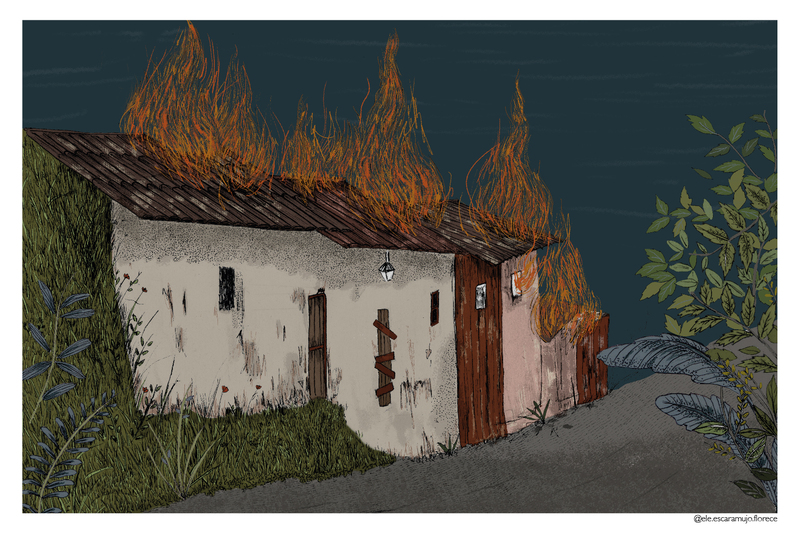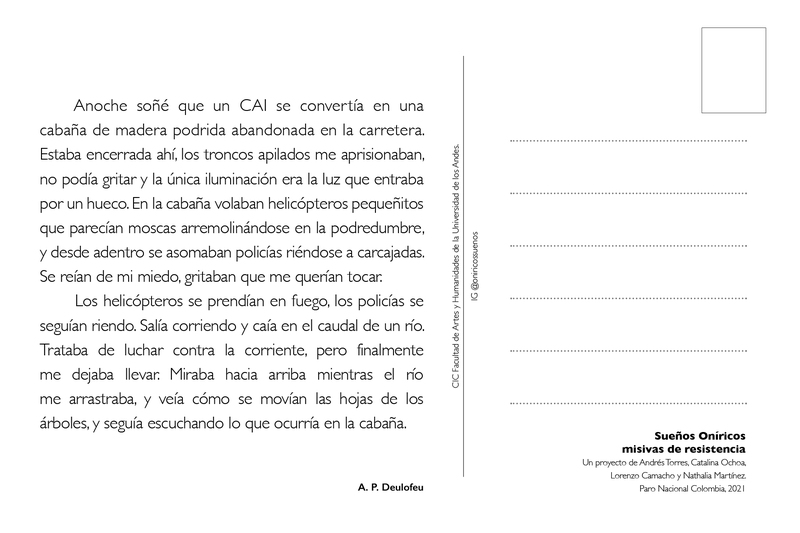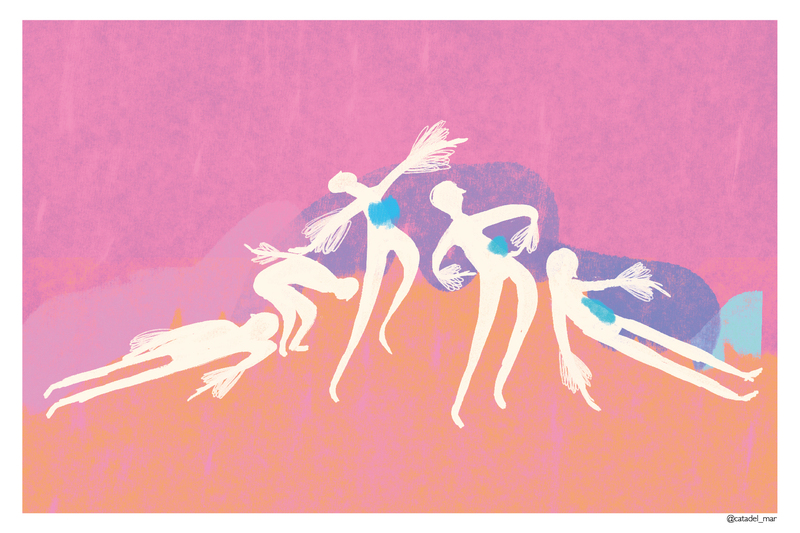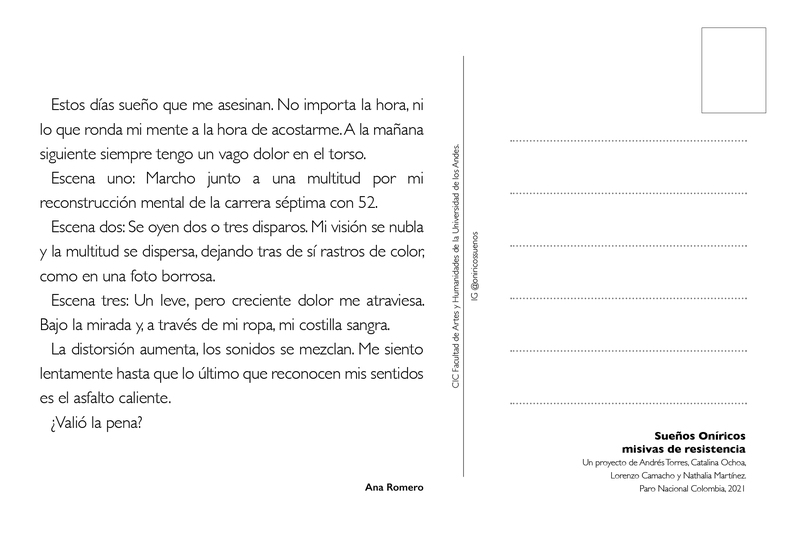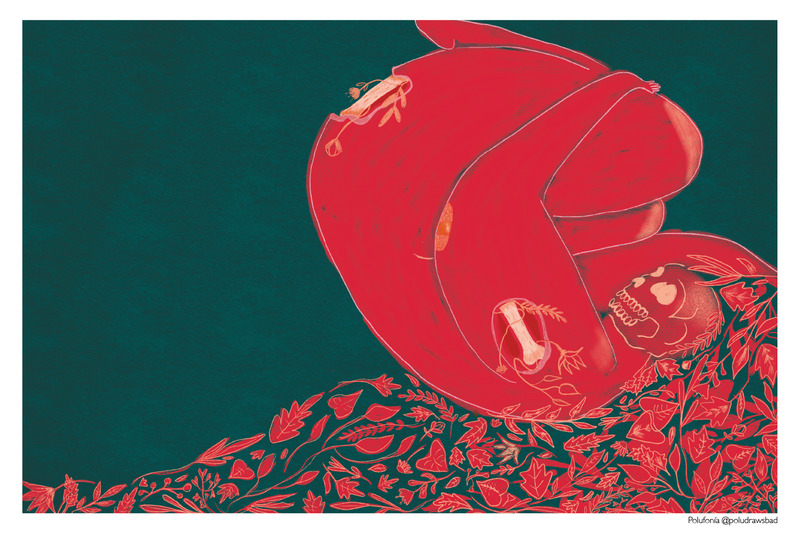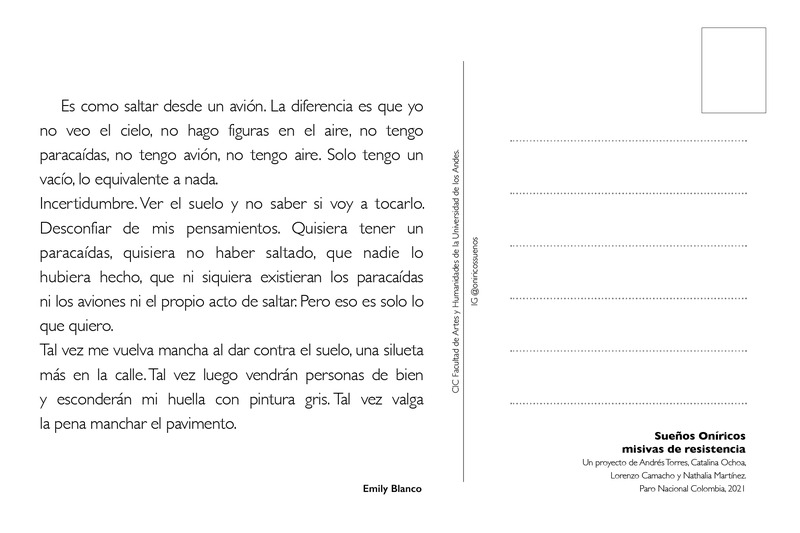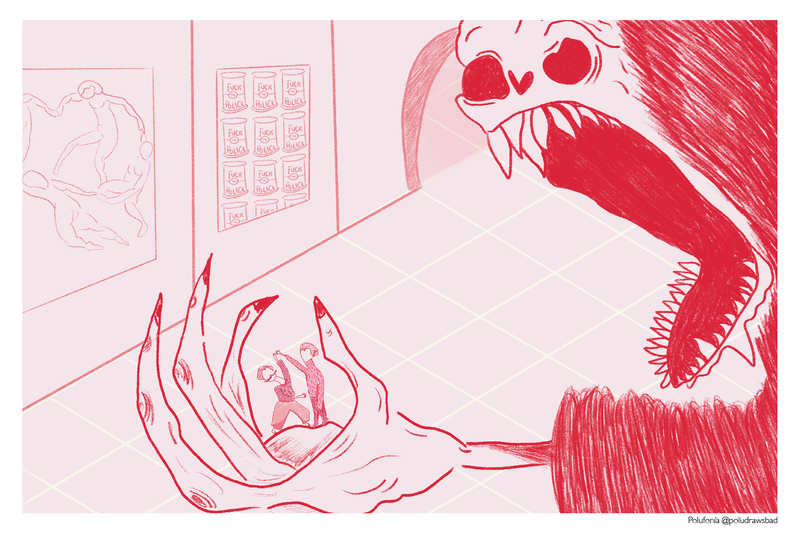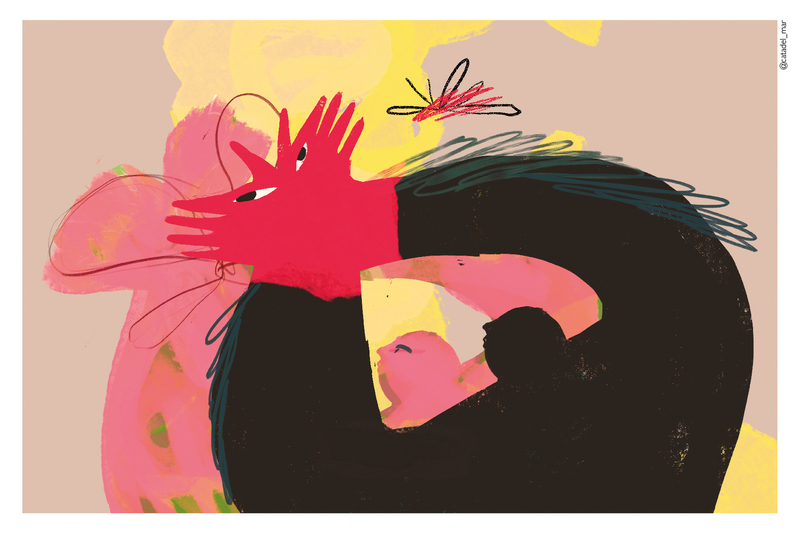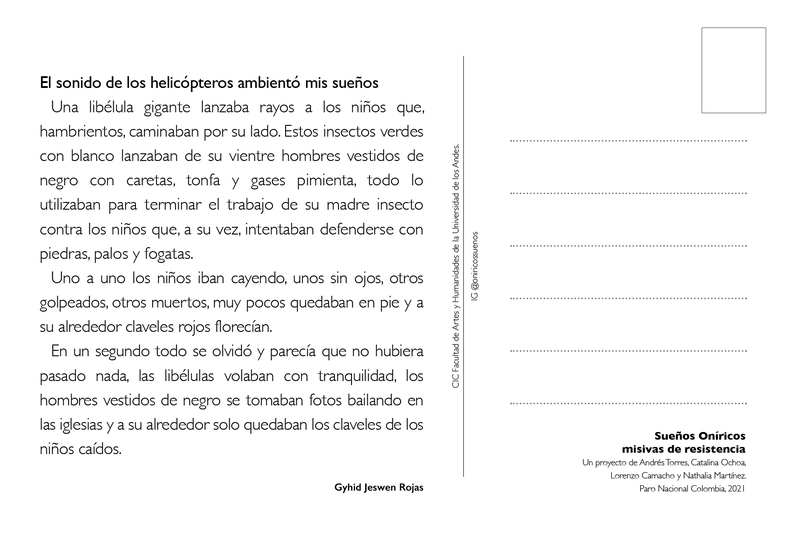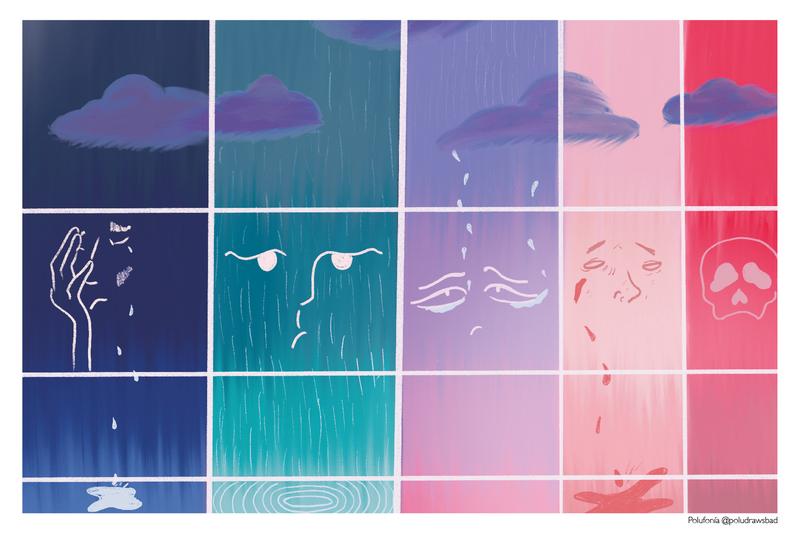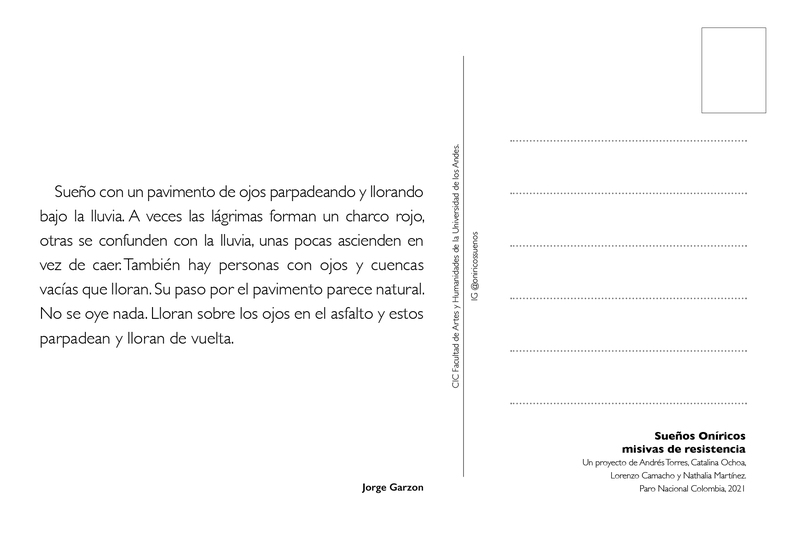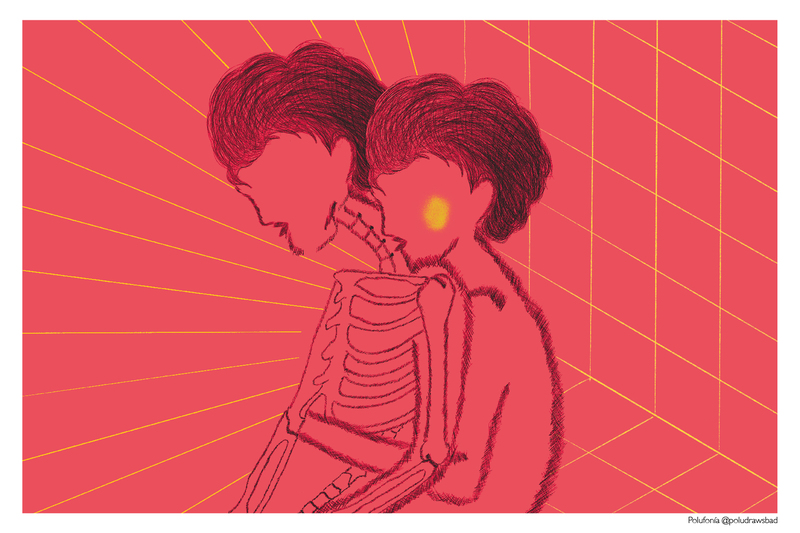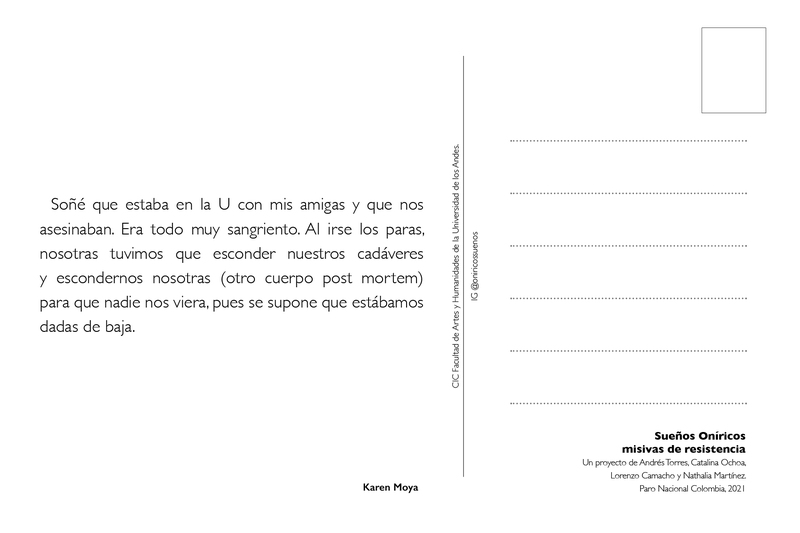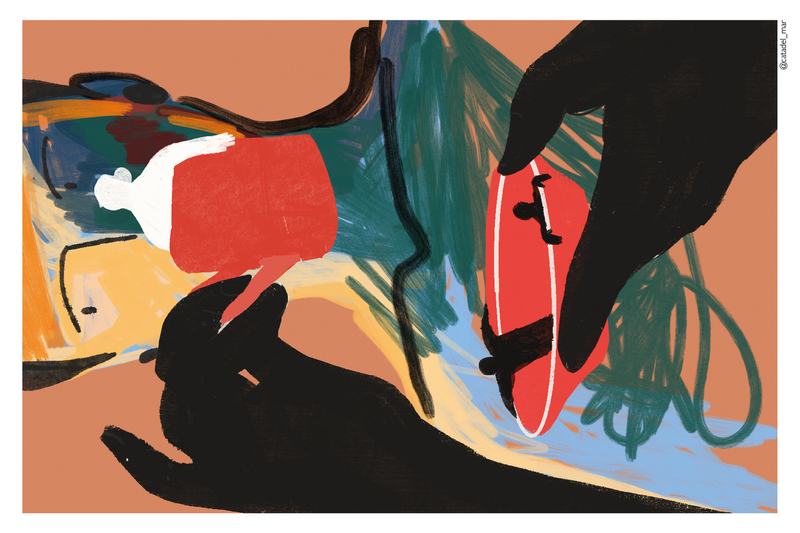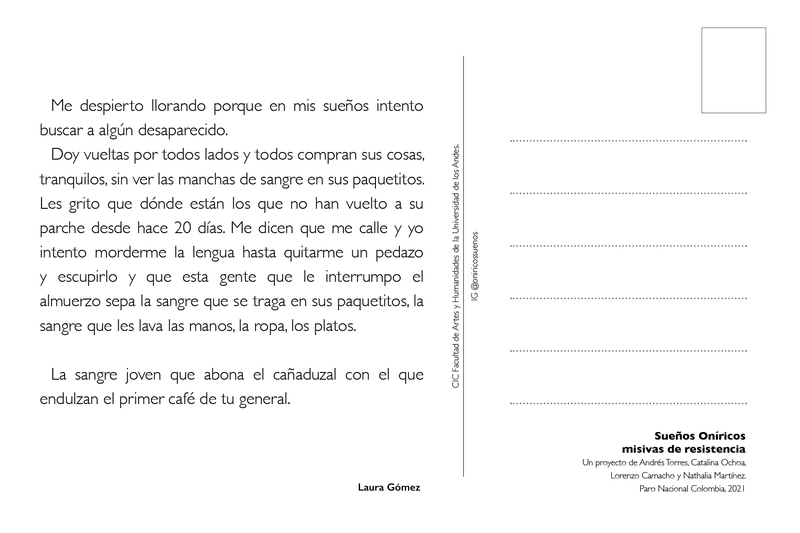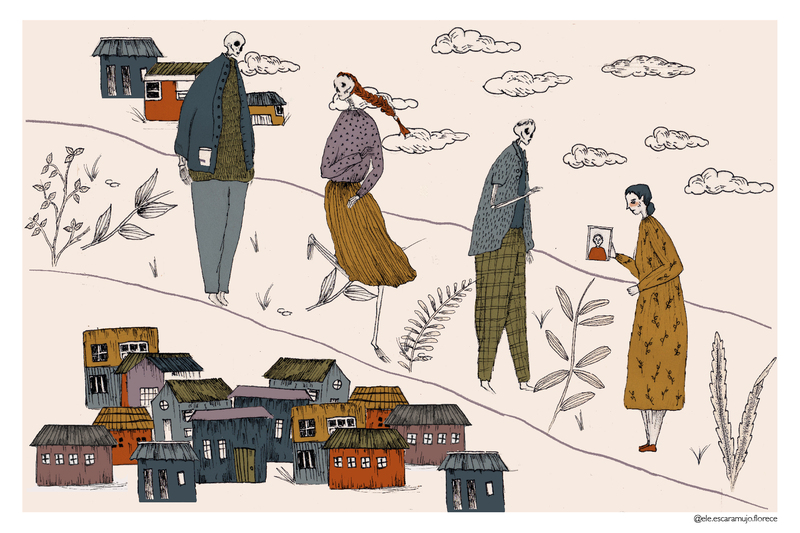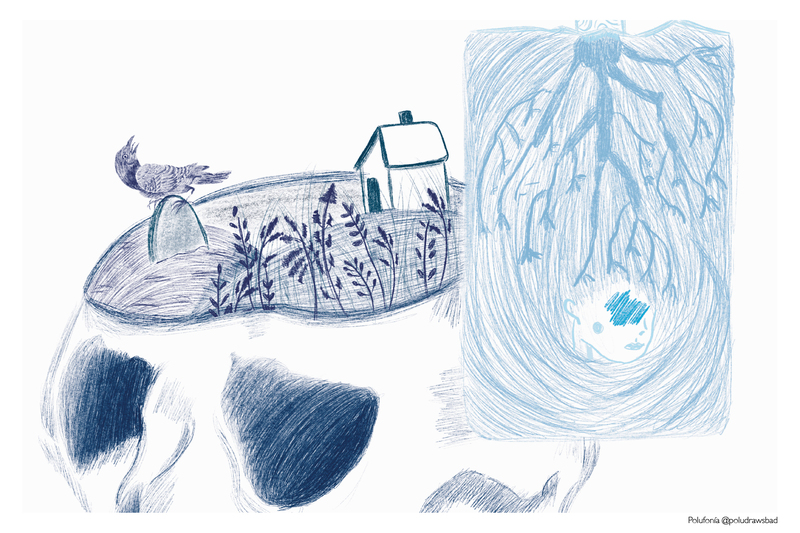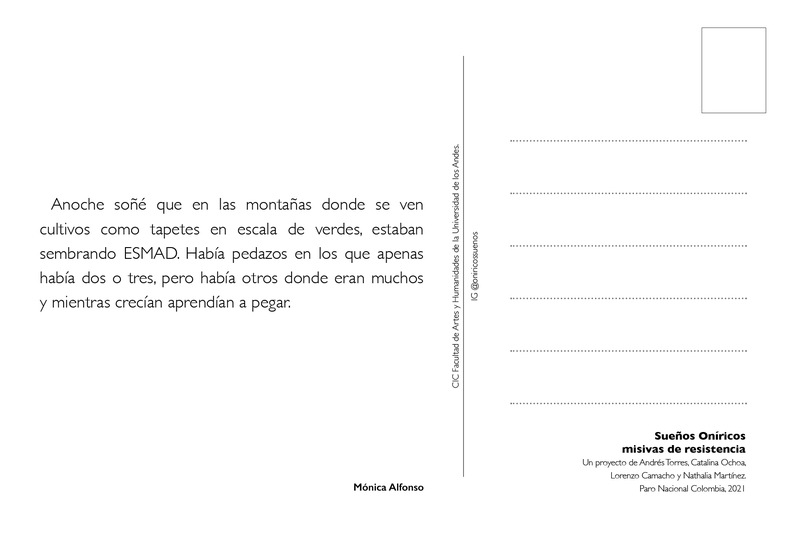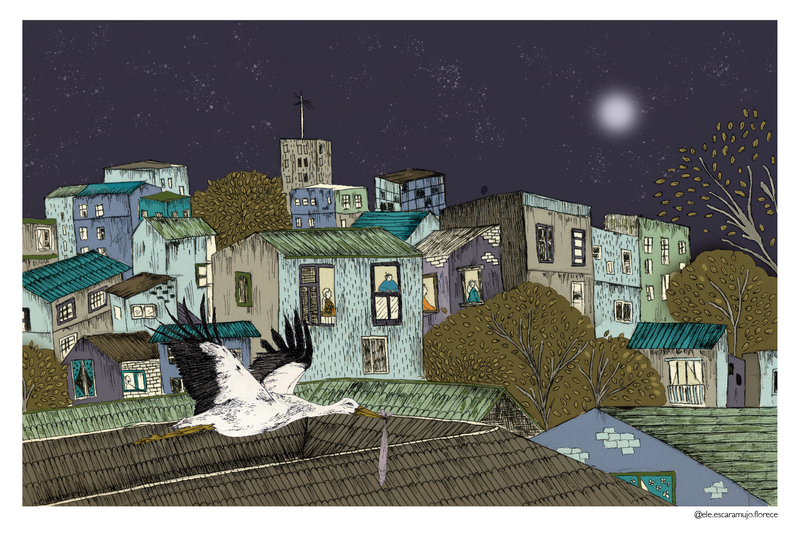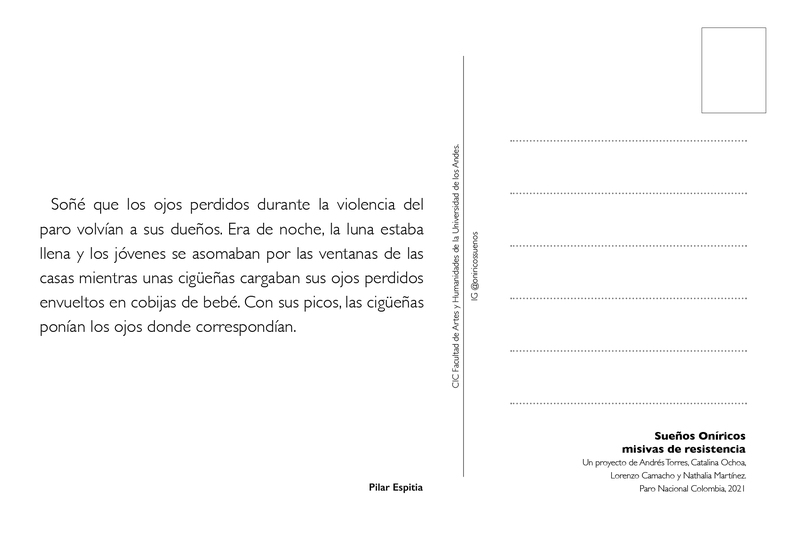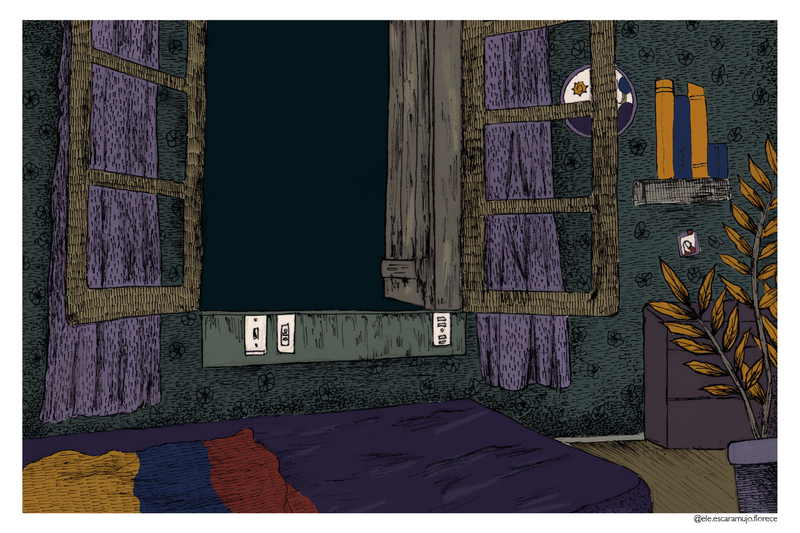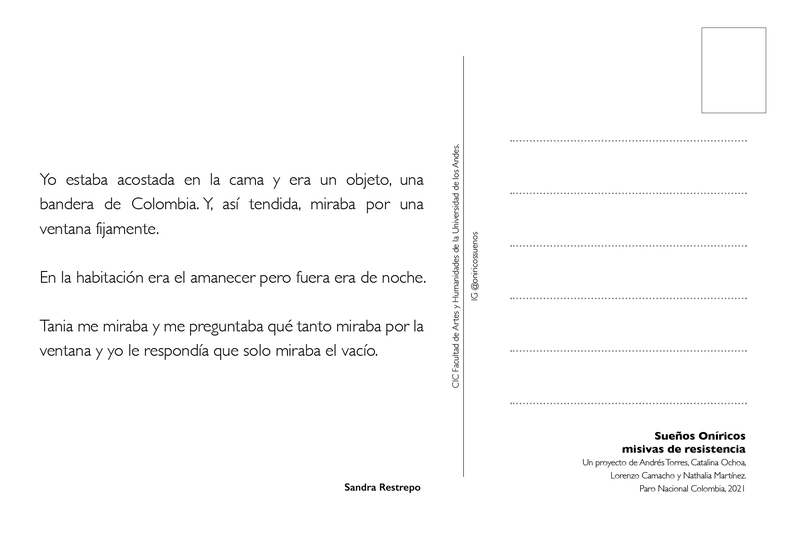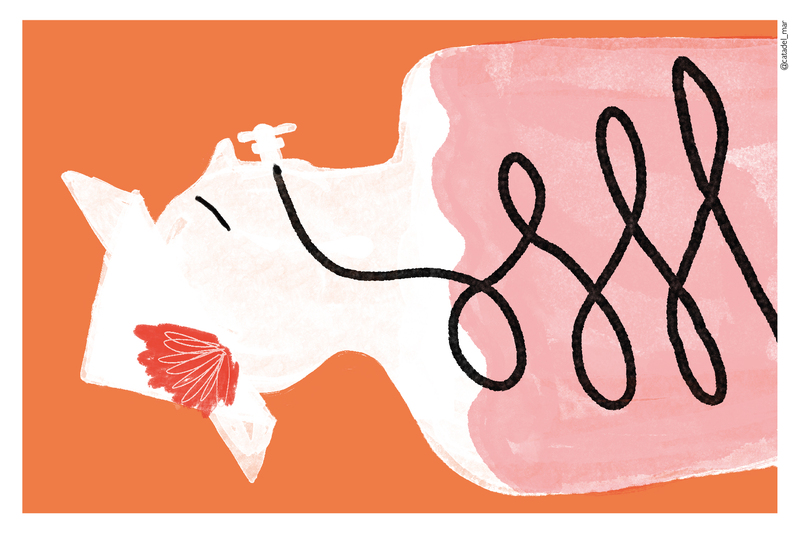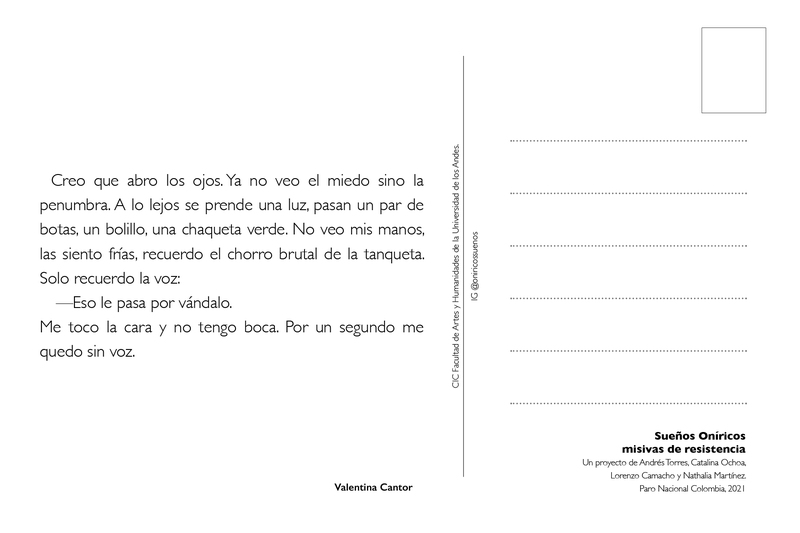Sueños oníricos, misivas de resistencia 8
These are 13 illustrated postcards with written dreams people had during the pandemic and the social protests in Colombia. The postcards portray the way in which the collective unconscious was affected by violence and scarcity, they also offer alternative ways of approaching the eternal question of what to do against injustice and adversity.
I've been working on dreams for long enough now. To me, they are very important, strange and beautiful artifacts. When a friend, Andrés Torres, invited me to create this collection of dreams during the pandemic and the social protest in Colombia, I couldn't say no. This is but a sliver of the enormous changes that both events have brought to the already complex oniric structure that sets on the Colombian people. It speaks about our fears, our confusion and pain, but also our resilience and hopes: our imagination.
Rights Statement

